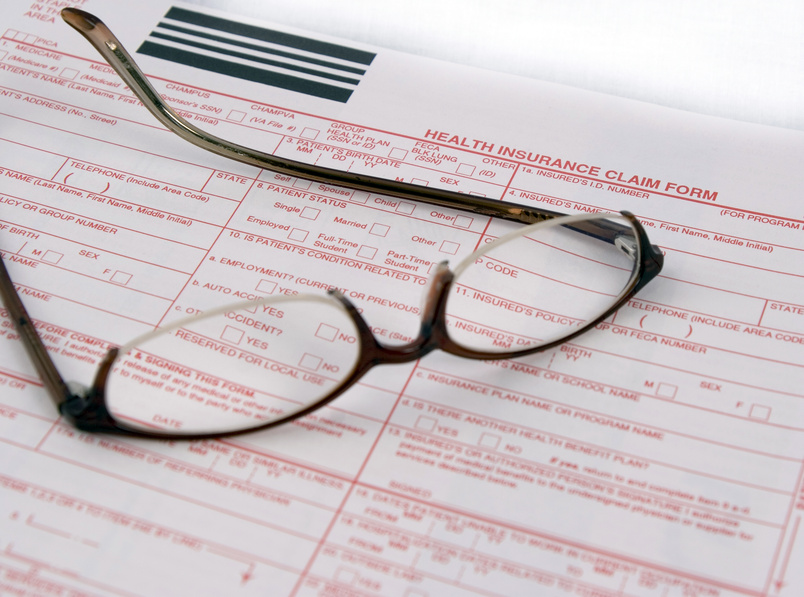 The Internal Revenue Service is trying to explain just how cafeteria plans and healthreimbursement arrangements affect whether a worker is gettingaccess to ”affordable” health coverage.
The Internal Revenue Service is trying to explain just how cafeteria plans and healthreimbursement arrangements affect whether a worker is gettingaccess to ”affordable” health coverage.
The IRS rules could affect whether employees have a legal rightto shun employer coverage, seek subsidized coverage from a PatientProtection and Affordable Care Act, and expose employers to therisk of having to pay thousands of dollars in fines.
|The IRS has given its thoughts about how employer contributionsto cafeteria plans and HRAs affect official PPACA health benefitsaffordability in a new batch offinal PPACA coverage mandate penalty regulations. The IRS basedthe final regulations on draft regulations released inJanuary.
|PPACA calls for many individuals to have minimum essentialcoverage or pay a “shared responsibility” penalty. The lawalso requires what it defines as large employers to offer full-timeworkers access to affordable health coverage with minimum value. Ifa large employer fails to offer full-time employees affordablecoverage with minimum value, and the employees get subsidizedcoverage through a PPACA public exchange, the employer may have topay significant penalties and go through a complicated process tocalculate the penalty payment amount.
|PPACA established the MEC rules by adding Section 5000A to theInternal Revenue Code. Another PPACA-related IRC addition, IRCSection 36B, determines when exchange plan users can qualify forthe PPACA premium assistance subsidy tax credits.
|In addition to addressing questions about IRC Section 125cafeteria plans and HRAs, the IRS has used the new regulations todeal with matters such as hardship exemptions, the status ofgovernment health programs for the poor, and the relationshipbetween anti-tobacco-use program incentives and group coverageaffordability.
|When employers are calculating affordability, they normally mustassume that the wellness program enrollees will resist anyefforts to improve their health. Employers must assume that theemployees will fail to get flu shots or fill out wellnessquestionnaires, and that the obese employees will fail to diet. Inthe new final regulations, the IRS says employers can includefinancial incentives for going through anti-tobacco-use programs inaffordability calculations. In other words: If smokers can earn a10% discount by going to anti-smoking therapy sessions, an employercan assume smokers will earn the 10% discount when calculatingwhether the smokers' health coverage is affordable.
|The health account provisions may have a bigger effect oneveryday operations.
|For a look at some of what the IRS said about health accounts,read on.
|| 1. Health insurers need not be health accountnannies.
1. Health insurers need not be health accountnannies.
In some cases, the IRS said, employers must run cafeteria plansor HRAs in a certain way if they want to include contributions tothe accounts in PPACA coverage affordability calculations.
|One commenter asked the IRS not to require the health insuranceissuers to determine whether employers are running their healthaccount programs correctly.
|The IRS said it's not trying to turn insurers into healthaccount program nannies.
|“Neither the proposed regulations under sections 36B or 5000Anor the final regulations impose these requirements on healthinsurance issuers,” officials said in a preamble to the finalregulations.
|| 2. If a worker can use a cafeteria plan only to pay for MECand other medical expenses, then an employer can include itscontributions to the cafeteria plan in coverage affordabilitycalculations.
2. If a worker can use a cafeteria plan only to pay for MECand other medical expenses, then an employer can include itscontributions to the cafeteria plan in coverage affordabilitycalculations.
Workers may like having the flexibility to choose whether to usethe employer-provided money in a cafeteria plan to pay for benefitsother than medical benefits, but IRS officials say only the amountsthat must be spent on medical expenses can factor into coverageaffordability.
|“If an employee's use of nontaxable employer contributions to acafeteria plan is not limited to medical expenses, then it cannotbe assumed that the employee will use the contribution for purchasing minimum essential coverage,”officials said.
||3. If an employer contributes to an HRA, that money cango into the PPACA coverage affordability calculations.
|A worker with an HRA might want the flexibility to use the moneyto pay premiums, deductibles or coinsurance amounts rather thanpremiums.
|If an employer lets the worker spend the money only on“cost-sharing” amounts, not on premiums, the HRA money can be usedto determine whether a plan provides coverage with a minimum value,but it can't be used in affordability calculations, officialssaid.
|Officials noted that the new regulations follow the model theIRS set when it developed similar regulations for the IRC Section36B PPACA premium subsidy tax credit program.
Complete your profile to continue reading and get FREE access to CUTimes.com, part of your ALM digital membership.
Your access to unlimited CUTimes.com content isn’t changing.
Once you are an ALM digital member, you’ll receive:
- Critical CUTimes.com information including comprehensive product and service provider listings via the Marketplace Directory, CU Careers, resources from industry leaders, webcasts, and breaking news, analysis and more with our informative Newsletters.
- Exclusive discounts on ALM and CU Times events.
- Access to other award-winning ALM websites including Law.com and GlobeSt.com.
Already have an account? Sign In
© 2024 ALM Global, LLC, All Rights Reserved. Request academic re-use from www.copyright.com. All other uses, submit a request to [email protected]. For more information visit Asset & Logo Licensing.









